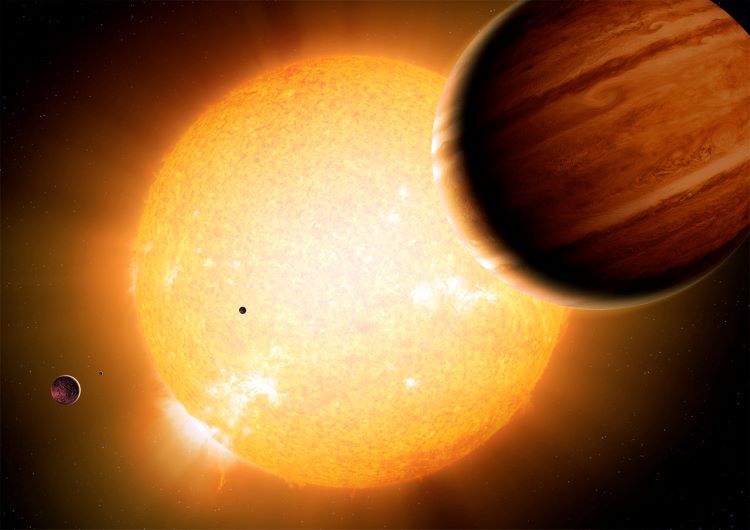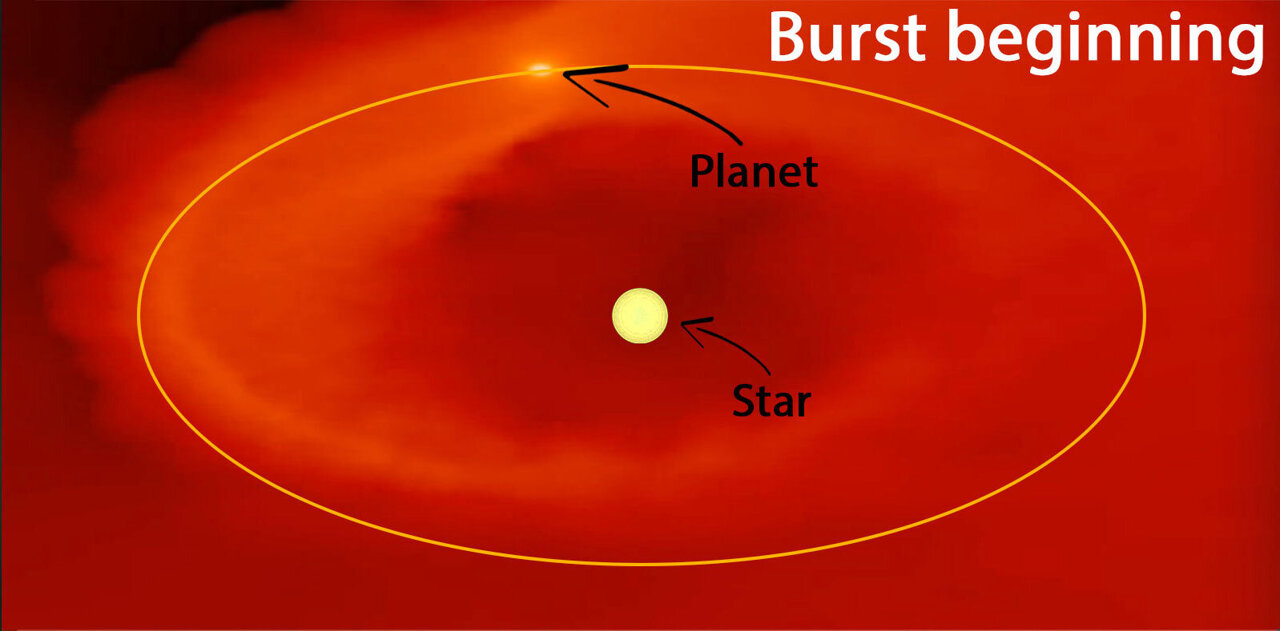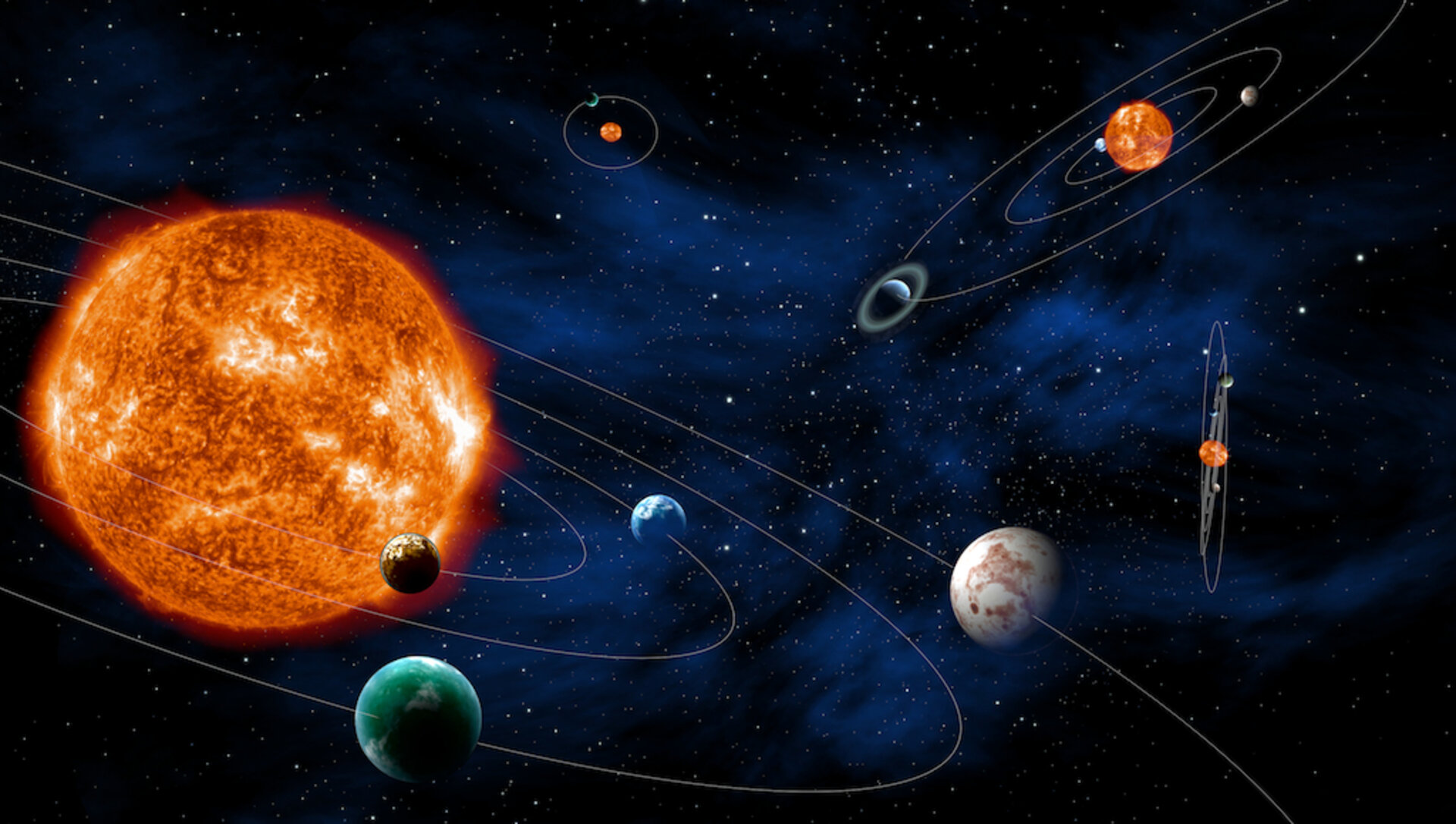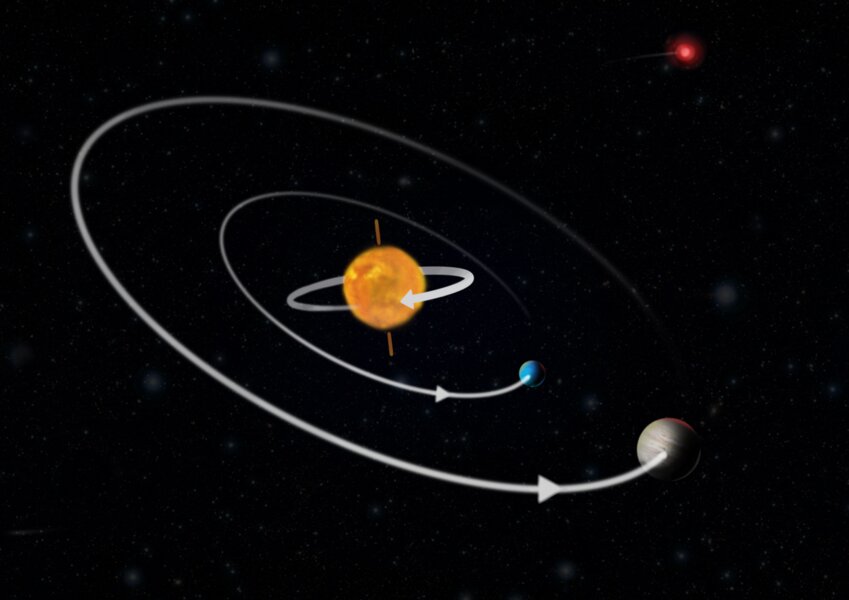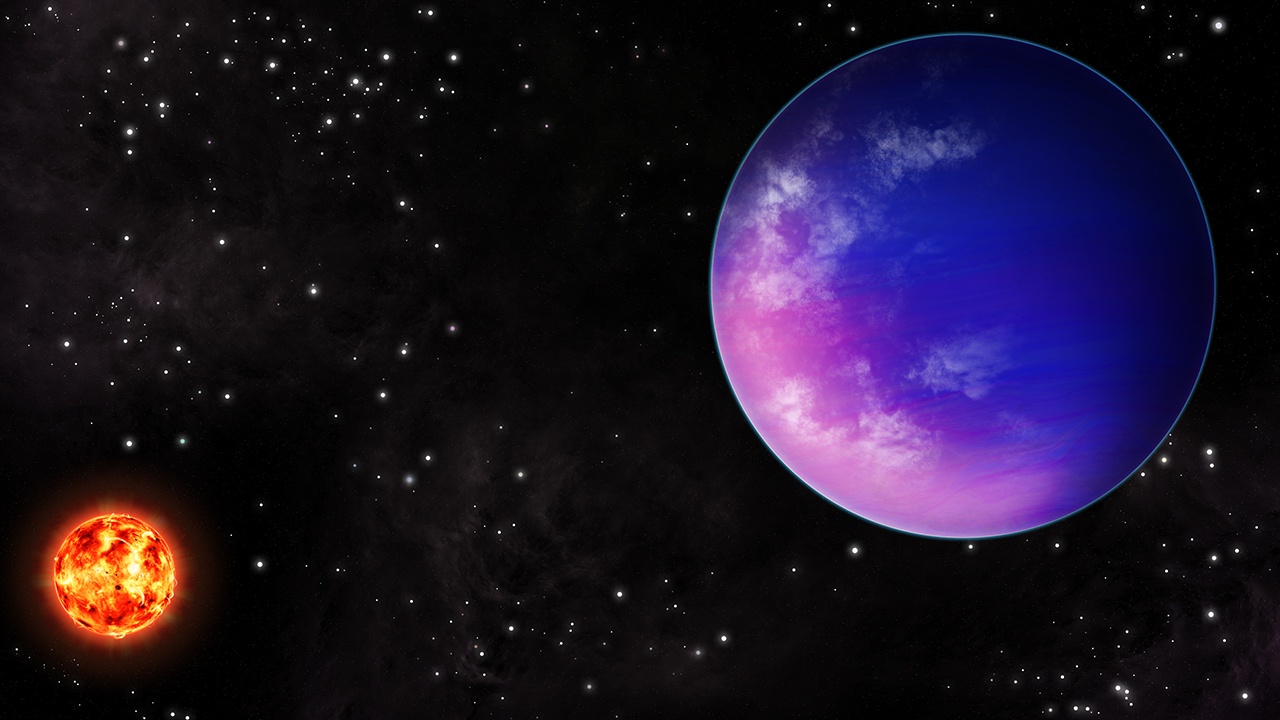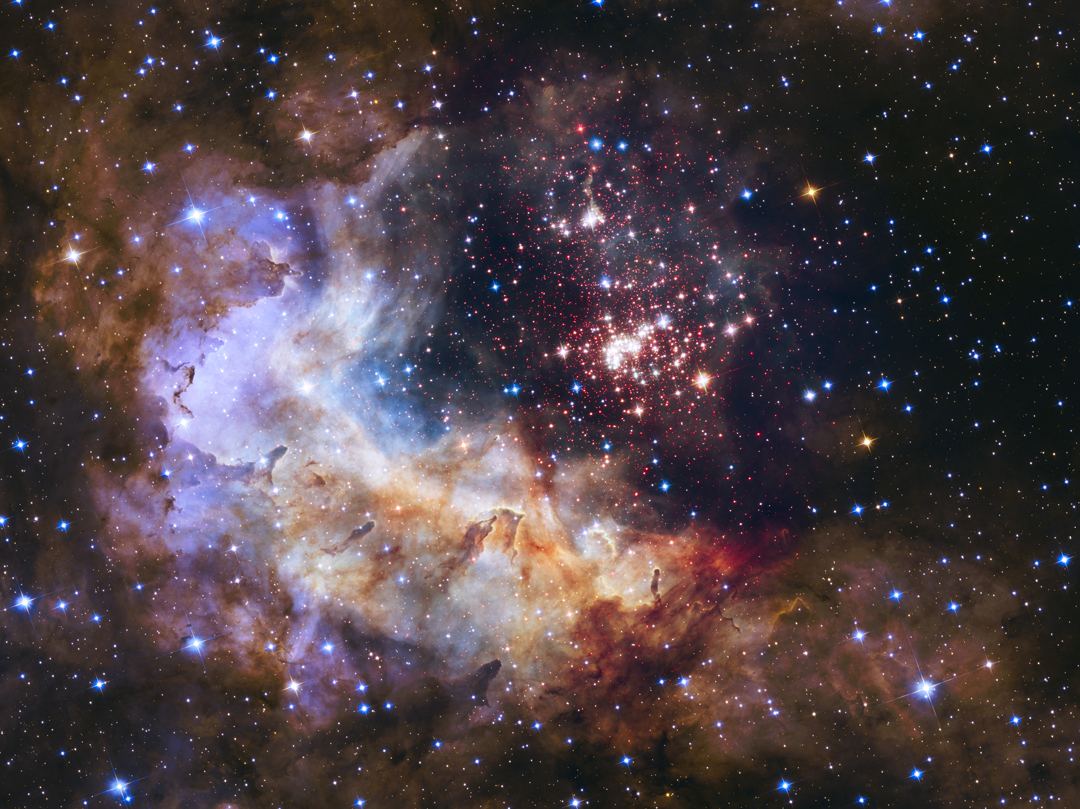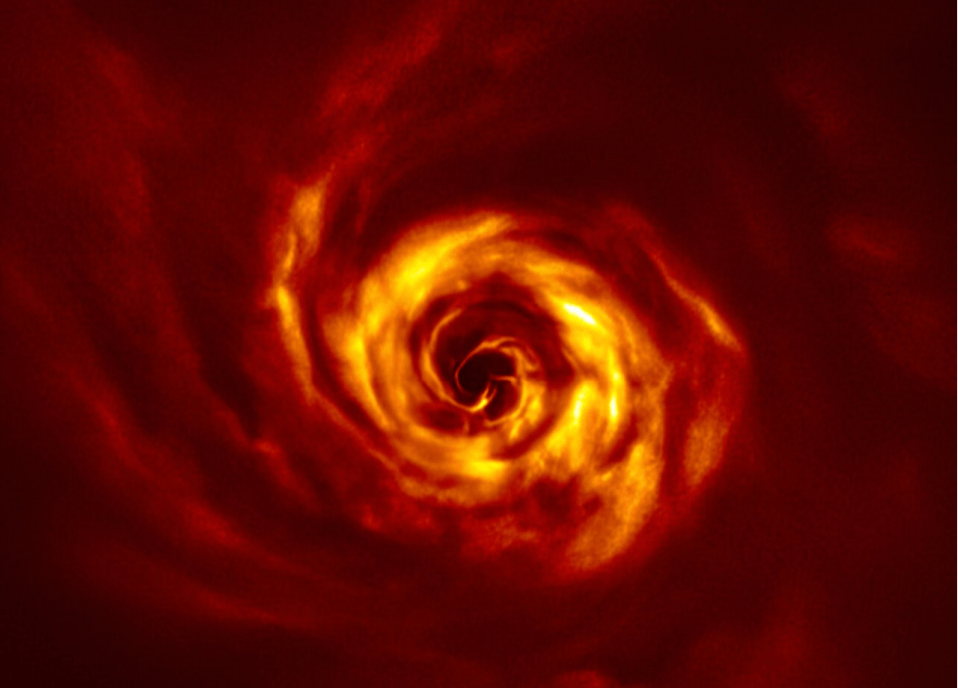In a recent study published in the Monthly Notices of the Royal Astronomical Society, a team of international researchers examined exoplanet TOI-4860 b, which is located approximately 80 parsecs (261 light-years) from Earth and has an orbital period of approximately 1.52 days around a low-mass star, or a star smaller than our Sun. Exoplanets orbiting so close to their parent stars aren’t uncommon and commonly known as “hot Jupiters”.
However, TOI-4860 b is unique due its relative size compared to its parent star, along with its lower surface temperatures compared to “hot Jupiters” and possessing large amounts of heavy elements. These attributes are why researchers are classifying TOI-4680 b as a “warm Jupiter”, and could challenge traditional planetary systems formation models while offering new insights into such processes, as well.
Continue reading “This Jupiter-Sized Exoplanet is Unusual for Several Reasons”
